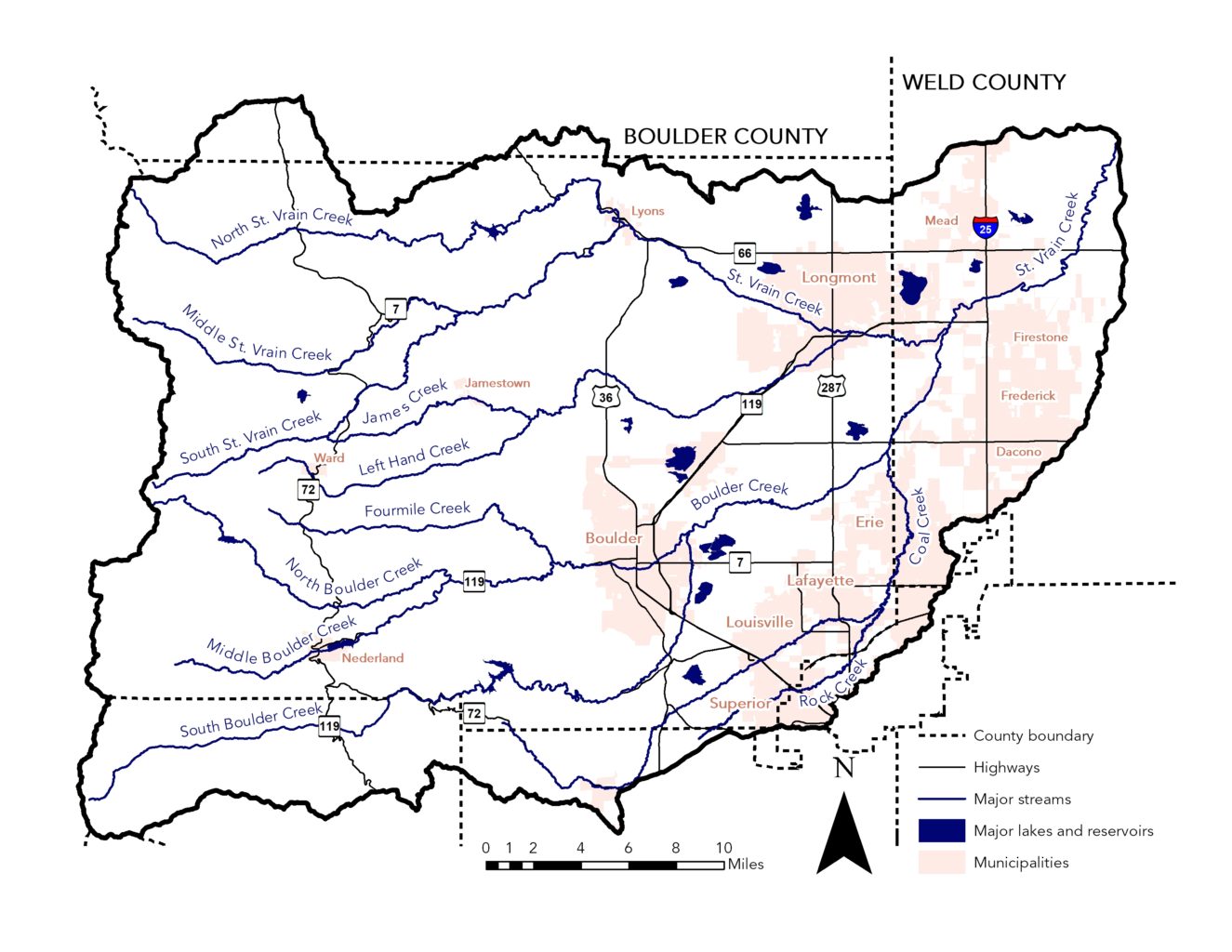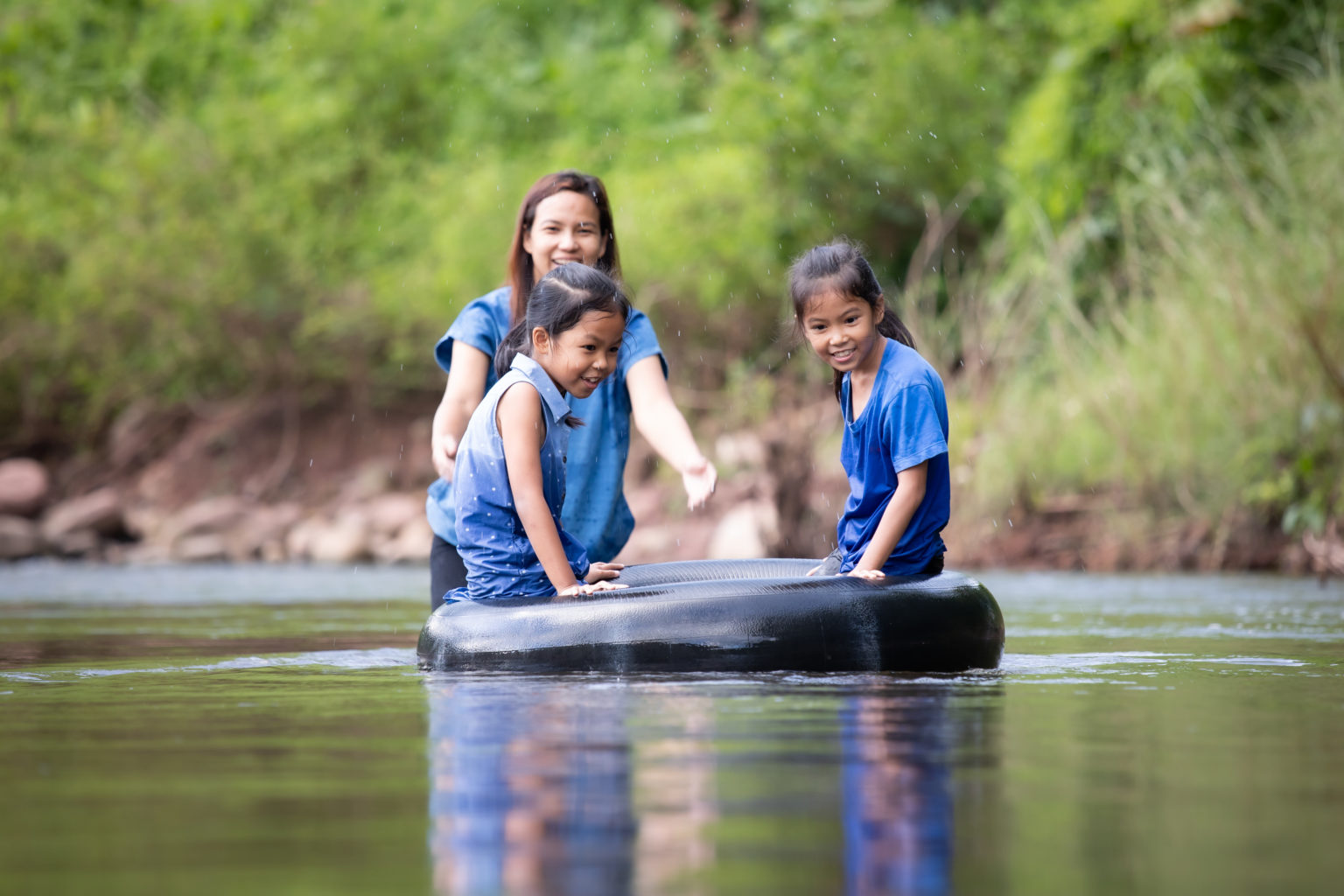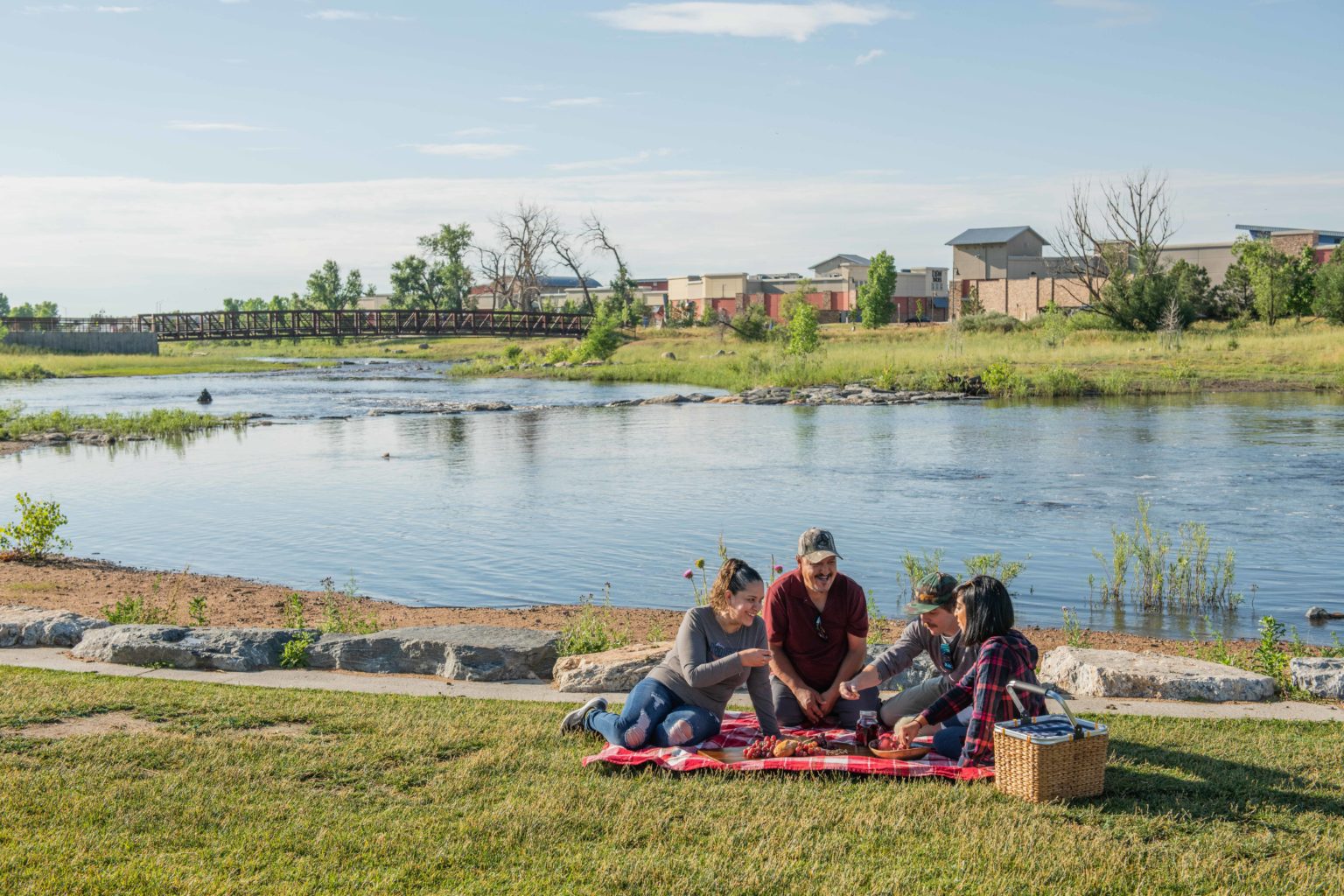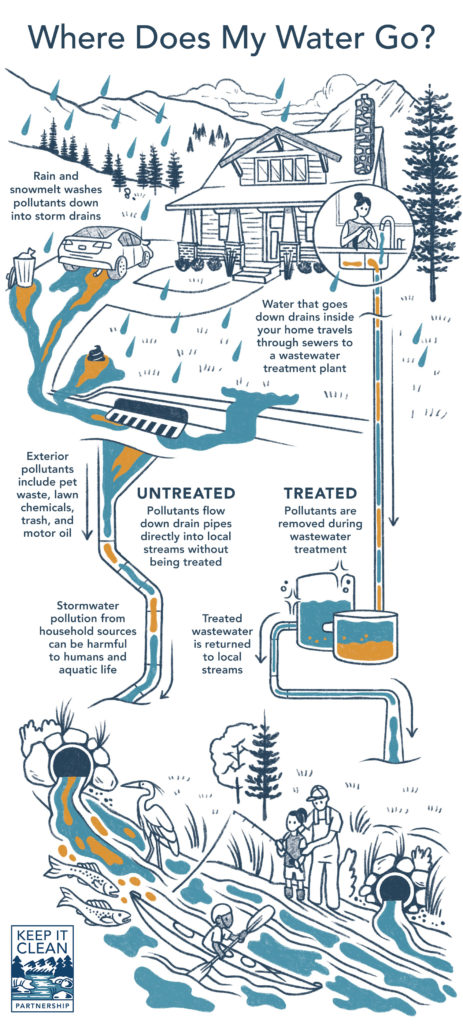
What is a Watershed?
A watershed is an area of land where all precipitation and streams drain to a single point. Watersheds can be extremely large, draining water from numerous states, or can be divided into smaller subwatersheds that cover only a few square miles. In the Front Range of Colorado most of our water originates as snow high up in the Rocky Mountains. Some of this water will be diverted and stored for drinking water, agriculture and other uses rather than traveling downstream, but our streams and return flows all come together to a single point where our watershed ends and becomes part of a bigger watershed.
The Boulder St. Vrain watershed covers most of Boulder County, several towns in Weld County, and small portions of a few other counties. Since water doesn’t flow according to political boundaries, it’s important for all of us to work together to protect our watershed.


